Description
Caution tapes and signs are safety tools used to warn people about potential hazards or dangers in a specific area. They are bright-colored with bold lettering or symbols to attract attention. Think of them like a visual alarm system. Here’s why they’re important and some examples:
1. Warning:
- Why: Caution tapes and signs warn people about potential dangers, helping to prevent accidents.
- Example: If a floor is wet after cleaning, a caution sign alerts people to be careful and avoid slipping.
2. Restricted Areas:
- Why: They mark areas that are off-limits or restricted for safety reasons.
- Example: Construction sites use caution tape to keep people away from areas with heavy machinery or potential falling objects.
3. Emergency Situations:
- Why: During emergencies, caution signs guide people to safety exits or emergency equipment.
- Example: In a fire, exit signs and marked escape routes ensure people can quickly and safely leave a building.
4. Prevention of Accidents:
- Why: They help prevent accidents by making people aware of potential risks.
- Example: Caution tape around a wet floor prevents slips and falls, reducing the risk of injuries.
5. Communication Without Words:
- Why: Caution signs use symbols and colors for universal understanding, overcoming language barriers.
- Example: A yellow caution sign with a symbol of a falling object communicates the danger without using words.
6. Compliance with Regulations:
- Why: Following safety regulations is essential for businesses and public spaces.
- Example: Construction sites need to use caution signs to comply with safety regulations and protect workers and the public.

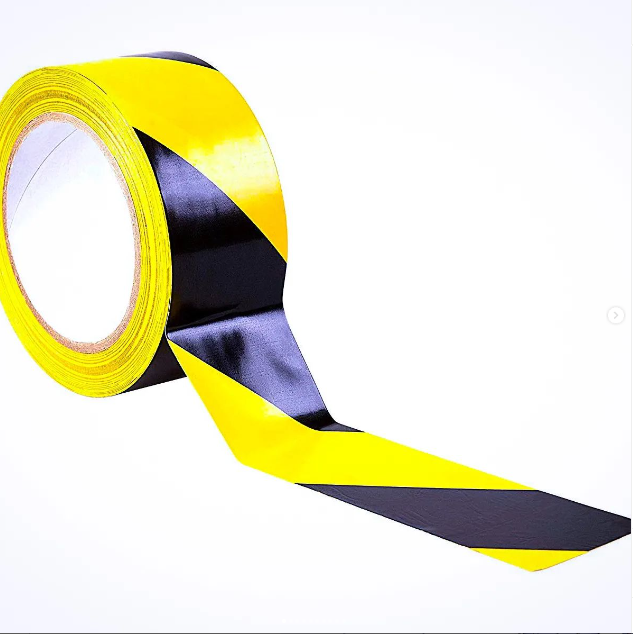
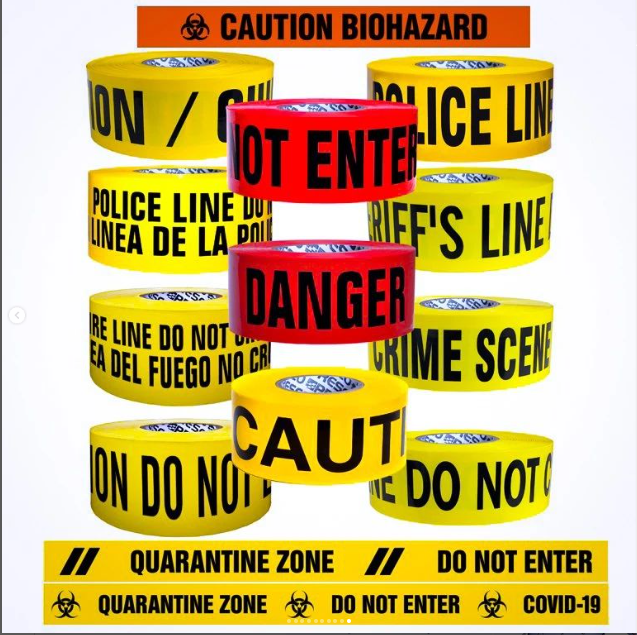
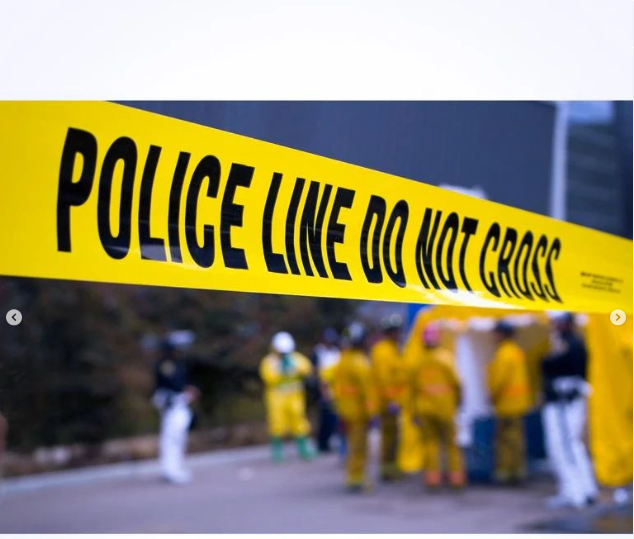

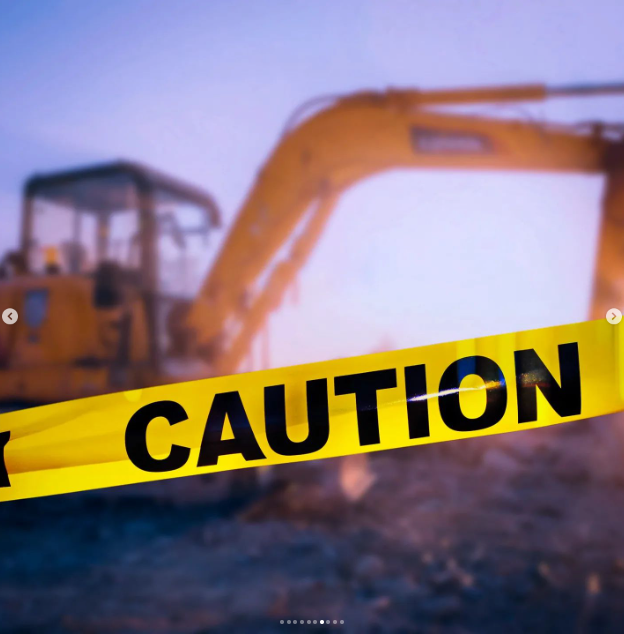
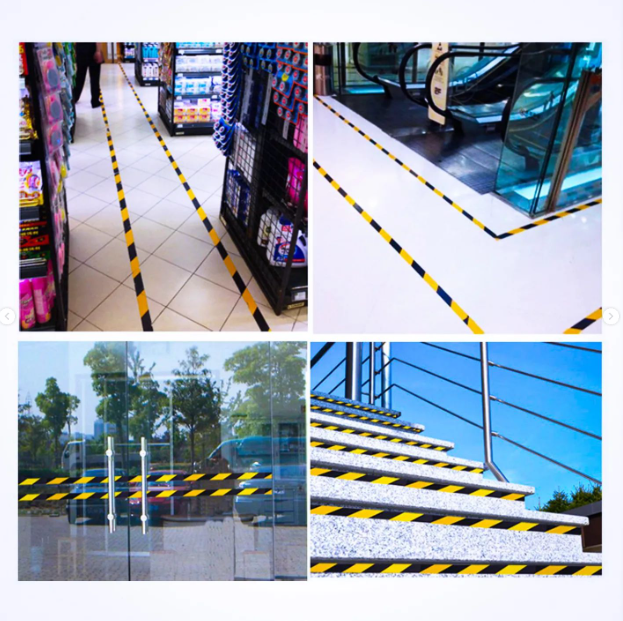


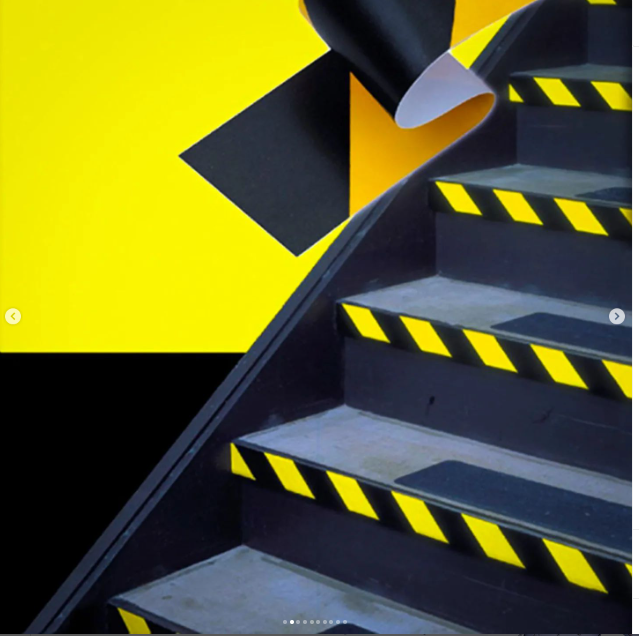
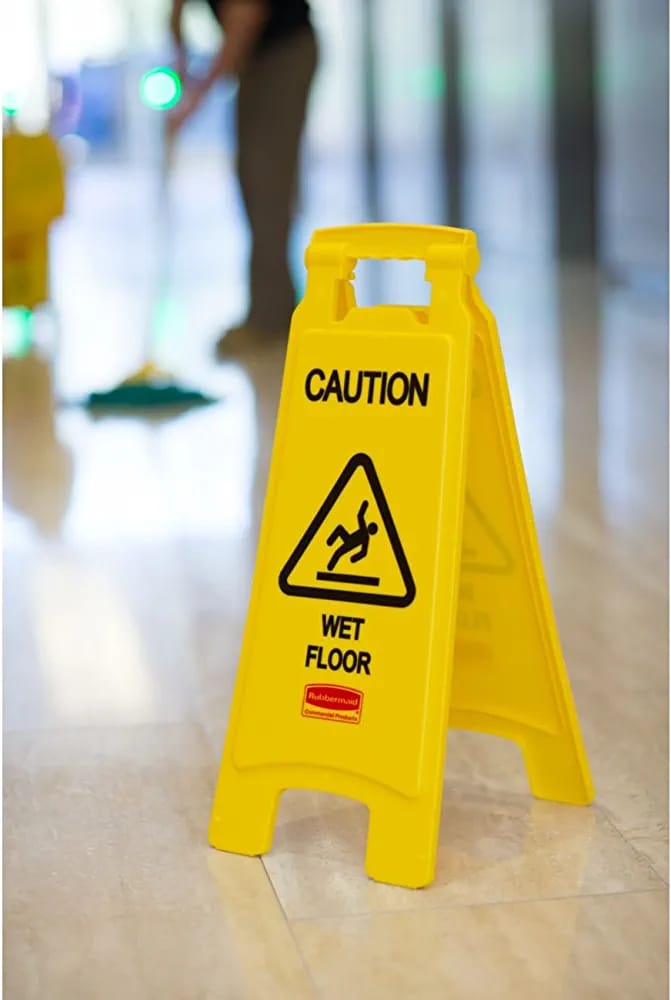
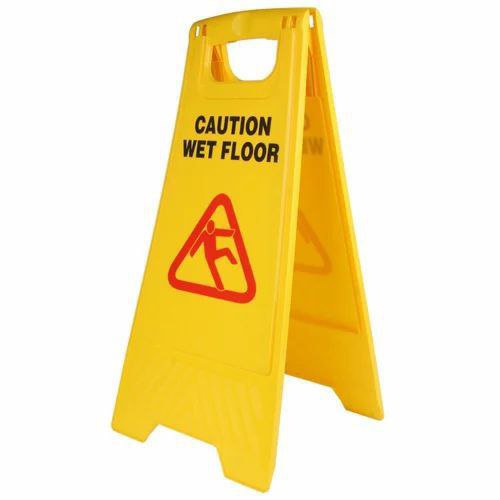


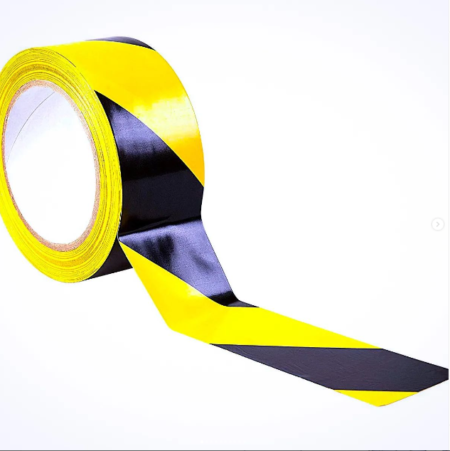
Reviews
There are no reviews yet.